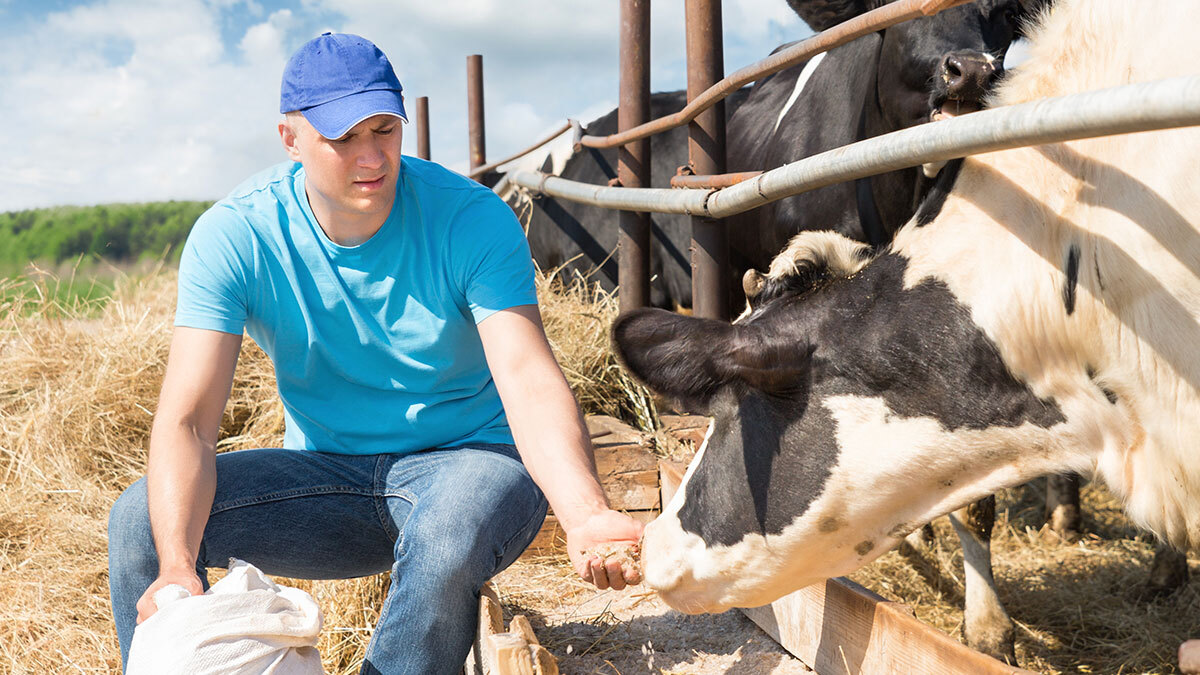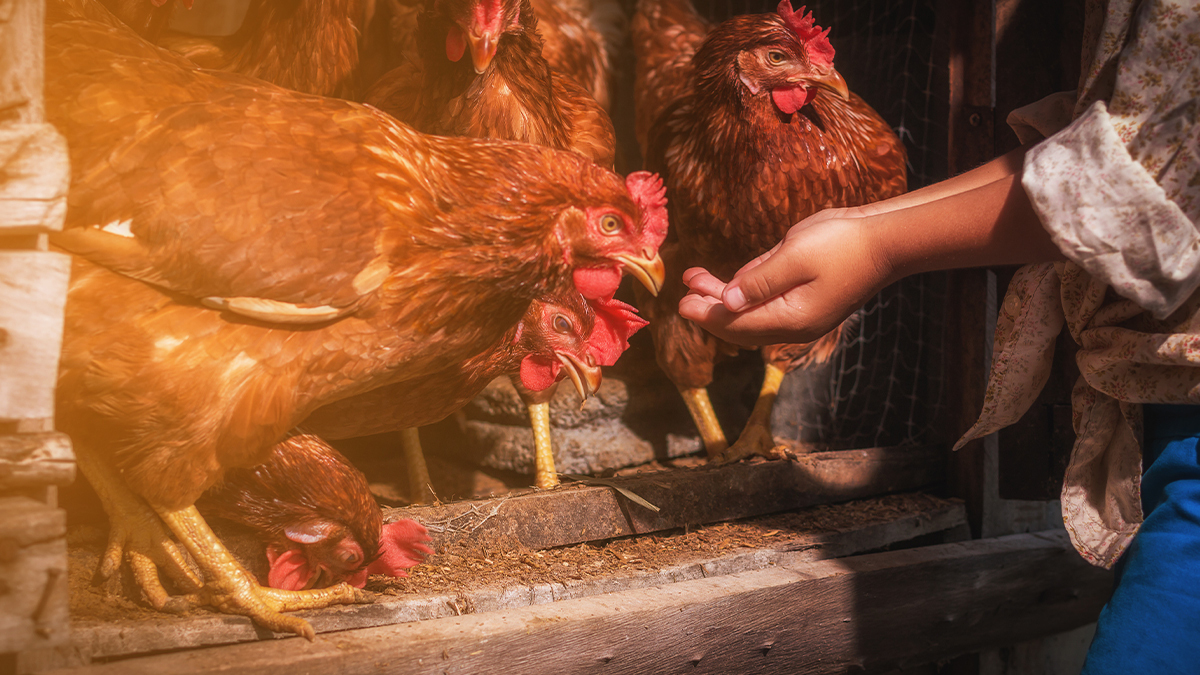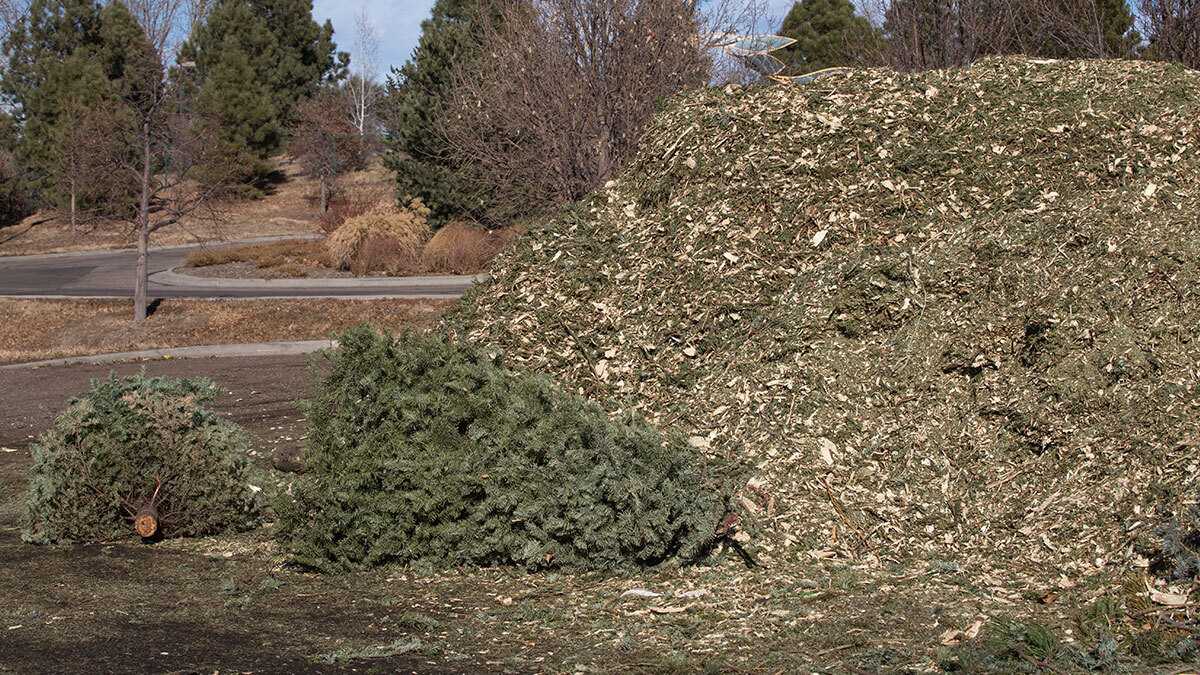on
Those wanting to live a simpler, more self-sufficient lifestyle are drawn to the idea of homestead animal husbandry.
This makes sense because homesteading and animal husbandry seem to go hand in hand.
Part of being self-sufficient is being able to put food on the table using your own resources. Hence, raising livestock.
What homesteaders need to know from the get-go about animal husbandry is that it is time-consuming, challenging at times, and a wonderful opportunity.
Having animals on the homestead will not only provide you with food sources, but it will also bring you entertainment and joy.
Homestead animal husbandry involves nurturing and caring for animals that provide resources to you.
Since they are a much-needed resource, you want to treat them right.
That brings us to the 10 best practices of homestead animal husbandry, which focus on food, water, shelter, cleanliness, and medical care.
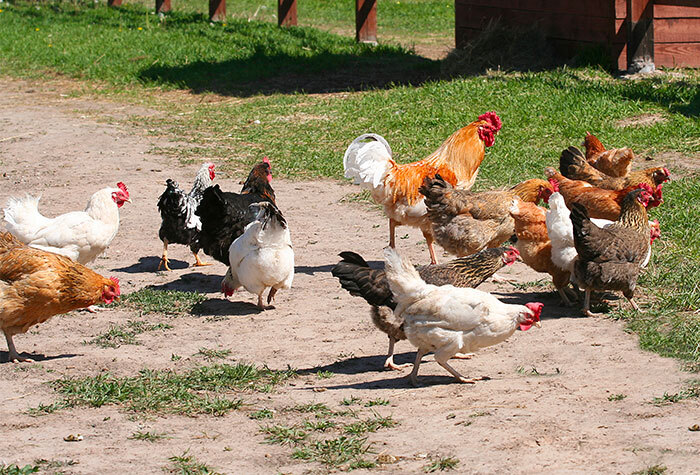
1. Don’t Be Impulsive. Do Your Research.
The most important rule of homestead animal husbandry is to avoid impulsive decisions.
You do not want to make an impulsive decision and bring livestock into the homestead that you are unable to care for properly.
Instead, you should take your time and do your homework before you bring the new animals home.
Start by identifying your why.
Why do you want chicks? Just because they are cute? Or do you plan to eat the eggs they produce? Do you want to raise chickens for meat?
[Related Read: Homestead Animals with Low Investment and High Yields]
Do you want sheep because you think they are cool, or do you want to raise sheep for wool?
Do you think baby pigs are adorable? They are, but do you have space for full-grown pigs?
Do you want goats for milk or meat? If so, look into the right breed for each purpose.
Before you purchase your first animal, take time to consider the investment you are willing to make.
How much time and money do you have for homestead animal husbandry? How much time and money are needed for the types of livestock you are considering?
How much space is required for different types of livestock? Can you accommodate their housing needs?
If you already have livestock on your homestead, you still need to do your research.
For example, is it possible to raise different types of livestock together?
Essentially, you want to know what you are signing up for to ensure the animal will be taken care of and that you can handle it without losing your mind.
2. Build Secure and Safe Housing
One of the most important practices of homestead animal husbandry is ensuring your animals have safe and secure housing to protect them from bad weather and predators.
Animals have different housing needs, but you need to be realistic about your homestead space.
Your animals should not be in cramped spaces or environments that don’t allow them to move around safely.
There needs to be some sort of safe shelter as well.
For example, chickens need a secure chicken coop. Goats need some sort of weatherproof shed.
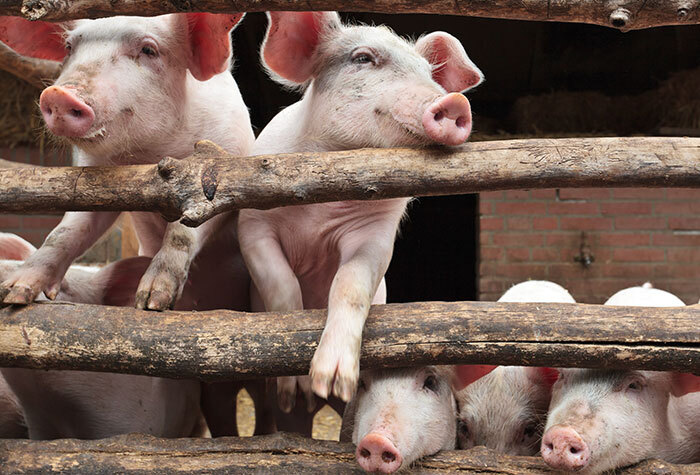
3. Double-Check (Triple-Check) Fences
In addition to housing shelters, your animals need fences to keep them in your yard and out of others’.
And to protect them from predators.
The type of fencing you get will depend largely on the type of animals you have on your homestead and the types of predatory animals in your area.
For example, wire fencing around chicken coops may be enough for some homesteads, but others will need electric fences.
It doesn’t stop with installing the fence.
Since the fence is your primary means of protection for your animals, you will need to regularly check and repair your fences.
4. Enable Easy Water Access
Animals need easy access to water.
Again, this will vary a bit according to your animals’ water needs, but all animals need water. Some just need more than others, such as for bathing and drinking.
You also always want to be water prepared.
If there is a weather emergency or natural disaster that limits water access, you need to have water stocked for your animals.
If the water freezes during the winter, you need to have a plan for thawing the water.
5. Provide the Right Nutrition
If you want your animals to be a source of healthy nutrition for your family, you must prioritize your animals’ nutrition.
Whether you choose to make your own feed or purchase it from a local farm supply store, you want to make sure your animals are getting the nutritional values they need to be healthy and happy.
For example, while goats may graze and occasionally need supplemental feed, chickens are prone to nutritional deficiencies, so you must make sure to feed them a healthy diet.
6. Find a Trustworthy Veterinarian Right Away
When possible, talk to a trustworthy veterinarian before you bring any animals to your homestead.
They are the best resource for information about different types of livestock and which work best for your homestead.
Most importantly, you want to have a veterinarian who you know you can call at the first sign of trouble (aka illness, infection, or injury).
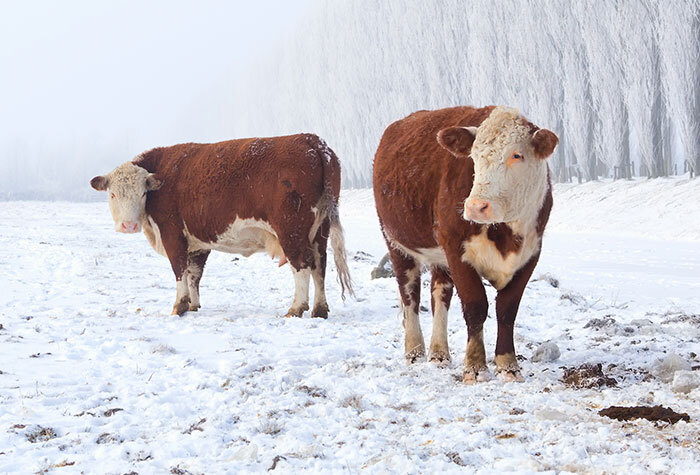
7. Consider Environmental Factors
Before you begin homestead animal husbandry, it’s important to consider your environment.
When you bring animals on the homestead, they will need to be able to handle outdoor elements.
Some breeds do better than others in certain environments. This is especially true for different chicken breeds – some are hardier and handle cold weather better than others.
In addition to considering the animals’ climate tolerance, you also need to consider your own.
You will be the one responsible for caring for these animals outdoors multiple times a day, either in extreme heat or cold.
Do you see yourself trudging through snow to thaw water?
8. Perform Daily Inspections
Homestead animal husbandry requires time and energy.
Another of the best practices is performing daily inspections of your animals.
Having general knowledge about the types of issues that face your animals will help you perform these inspections quickly.
These daily inspections make the difference between an illness being cured and one leading to death.
9. Keep a Stocked First Aid Kit
It’s important to have a stocked first kit at the ready.
Your homestead animal husbandry first aid kit should include the following:
- Bandages
- Gauze
- Antibacterial/antifungal spray
- Saline solution
- Tweezers
- A syringe
- Hydrogen peroxide
- Corn starch
- Neosporin
- Cotton swabs
- Vaseline
- Electrolyte powder
- Towels
- Scissors
In addition to these basic first aid supplies, it is a good idea to speak to your veterinarian and see if there are any medications, such as anti-inflammatories, you should keep stocked.
[Related Read: Herbal Remedies for Common Livestock Ailments]
10. Have a Plan for the Poop
Last but certainly not least, you must have a plan for maintaining cleanliness.
There is going to be poop – and a lot of it.
You need to have a plan for all the poop, such as using it as composting and then using it as fertilizer.
This is also the reason why you must clean out your animals’ shelters and water troughs/dishes regularly.
Get access to premium content and more!
Prepping the Homestead for Fall – Checklist



